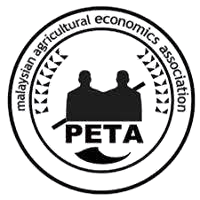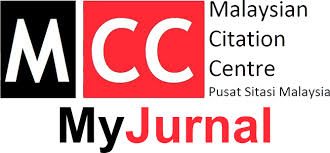eISSN: 2756-8288
Submissions
Submission Preparation Checklist
As part of the submission process, authors are required to check off their submission's compliance with all of the following items, and submissions may be returned to authors that do not adhere to these guidelines.- The submission has not been previously published, nor is it before another journal for consideration (or an explanation has been provided in Comments to the Editor).
- The submission file is in OpenOffice, Microsoft Word, RTF, or WordPerfect document file format.
- Where available, URLs for the references have been provided.
- The text is single-spaced; uses a 12-point font; employs italics, rather than underlining (except with URL addresses); and all illustrations, figures, and tables are placed within the text at the appropriate points, rather than at the end.
- The text adheres to the stylistic and bibliographic requirements outlined in the Author Guidelines, which is found in About the Journal.
- If submitting to a peer-reviewed section of the journal, the instructions in Ensuring a Blind Review have been followed.
Original Research Article
Original Research Artricle should contain all reports of original research in Malaysian Journal of Agricultural Economics. This main mode of scientific communication should consist of principal research governing major contributions for many different fields and different type of studies. The report includes a full introduction, significant findings, latest methodologies, statistical studies, results and proper evidence of conclusions
Review Article
Review article describes as of the latest findings, significant new development and progress, a compilation of published evidence of analysis at the particular subject area of research under this Journal's scope.
Editorial Note
Editorial presents the opinion of an article or specific topic related to agricultural and food research. It also includes announcements, highlighting recent changes in accordance to the journal.
Copyright Notice
Author(s) shall retain the copyright of their work and grant the Journal/Publisher right for the first publication with the work simultaneously licensed under:
Creative Commons Attribution-NonCommercial 4.0 International (CC BY-NC 4.0). This license allows for the copying, distribution and transmission of the work, provided the correct attribution of the original creator is stated. Adaptation and remixing are also permitted.

This broad license intends to facilitate free access to, as well as the unrestricted reuse of, original works of all types for non-commercial purposes.
The author(s) permits HH Publisher to publish this article that has not been submitted elsewhere.

.png)

.jpg)

